 Movies and TV
Movies and TV  Movies and TV
Movies and TV  Health
Health 10 Miraculous Advances Toward Curing Incurable Diseases
 Miscellaneous
Miscellaneous 10 Undeniable Signs That People’s Views of Mushrooms Are Changing
 Animals
Animals 10 Strange Attempts to Smuggle Animals
 Travel
Travel 10 Natural Rock Formations That Will Make You Do a Double Take
 Movies and TV
Movies and TV 10 Actors Hidden in Your Favorite Movies
 Our World
Our World 10 Science Facts That Will Change How You Look at the World
 Pop Culture
Pop Culture 10 Incredible Female Comic Book Artists
 Crime
Crime 10 Terrifying Serial Killers from Centuries Ago
 Technology
Technology 10 Hilariously Over-Engineered Solutions to Simple Problems
 Movies and TV
Movies and TV 10 Movie Adaptions That Brought Popular Songs to Life
 Health
Health 10 Miraculous Advances Toward Curing Incurable Diseases
 Miscellaneous
Miscellaneous 10 Undeniable Signs That People’s Views of Mushrooms Are Changing
Who's Behind Listverse?

Jamie Frater
Head Editor
Jamie founded Listverse due to an insatiable desire to share fascinating, obscure, and bizarre facts. He has been a guest speaker on numerous national radio and television stations and is a five time published author.
More About Us Animals
Animals 10 Strange Attempts to Smuggle Animals
 Travel
Travel 10 Natural Rock Formations That Will Make You Do a Double Take
 Movies and TV
Movies and TV 10 Actors Hidden in Your Favorite Movies
 Our World
Our World 10 Science Facts That Will Change How You Look at the World
 Pop Culture
Pop Culture 10 Incredible Female Comic Book Artists
 Crime
Crime 10 Terrifying Serial Killers from Centuries Ago
 Technology
Technology 10 Hilariously Over-Engineered Solutions to Simple Problems
10 Disturbing Facts About The Colonial Parkway Murders
The United States of America is crisscrossed with highways. According to the US Department of Transportation, America is covered by over 264,000 kilometers (164,000 mi) of federal roads.[1] Millions of Americans transverse these roads every day, and most worry about very little during their commutes.
However, highway accidents remain a concern. Last year, there were 40,100 motor vehicle fatalities in the United States. Although this number represented a one-percent decline from the previous year, it is still eye-opening that more Americans died on the road last year than died in the wars in Iraq and Afghanistan combined.
The point of this list concerns another type of road threat—the serial killer. Exceedingly rare, but very frightening, serial killers have been abusing America’s roadways since the 1950s. In the late 1980s, one possible serial killer in Virginia claimed at least eight lives along a certain stretch of road connecting the two historically important cities of Jamestown and Yorktown. These killings, known as the Colonial Parkway murders, remain unsolved.
10 The First Murders
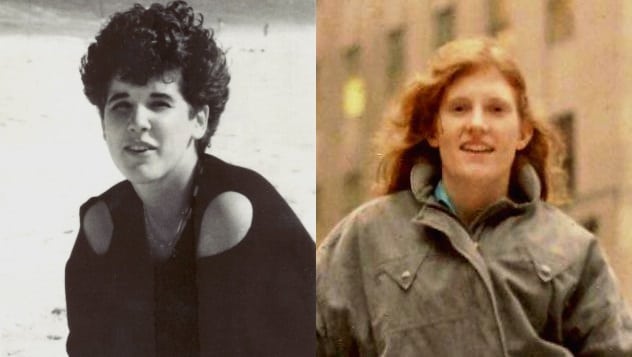
The first recorded murders associated with this case took place on the night of October 9, 1986. On that date, 21-year-old College of William & Mary student Rebecca Ann Dowski (left above) and 27-year-old Norfolk, Virginia, stockbroker Cathleen Marian Thomas (right above) spent most of their time together at a computer lab with friends. At some point during the night, the two left the lab in order to find a more private environment. For three days, the women were considered missing.
Then, on October 12, a jogger enjoying some exercise along the York River spotted a white 1980 Honda Civic. The car belonged to Thomas. Inside the car, the jogger saw the gruesome sight of two corpses—Dowski and Thomas—that had been strangled and mutilated.
A subsequent autopsy report on Dowski and Thomas found that both women were strangled, had their wrists bound with rope, and had their throats slit.[2] The autopsy also found that the killer or killers had poured gasoline on the bodies in an attempt to burn away evidence. Neither had been sexually assaulted, and given that their purses were found in the car, Virginia investigators ruled out robbery as a motive.
9 Second Double Murder
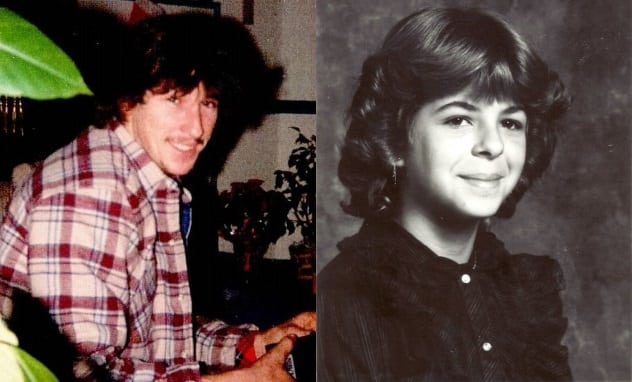
David Knobling, 20 years old, and Robin Edwards, age 14, were last seen alive on September 19, 1987. This disappearance came less than a year after the disappearance and murder of Thomas and Dowski, and, just like in that earlier case, the discovery of Knobling and Edwards came about thanks to someone finding Knobling’s abandoned vehicle. This time, it was a black Ford Ranger, and it was found inside the Ragged Island Wildlife Refuge. The truck was found with its driver’s side door open and its radio on, and it still had the keys in the ignition.
Three days after this discovery, on September 23, a jogger was enjoying the marshland near the James River. The jogger, Louis Ford, stood just 1.6 kilometers (1 mi) from the refuge’s parking lot, and there, in a grassland path, he found the bodies of Knobling and Edwards. Edwards had been shot in the back of the head execution-style. Knobling had also been shot in the head, but he also had a bullet wound in his shoulder. This second wound suggested that Knobling had tried to flee his attacker or attackers.[3]
8 A Disappearance
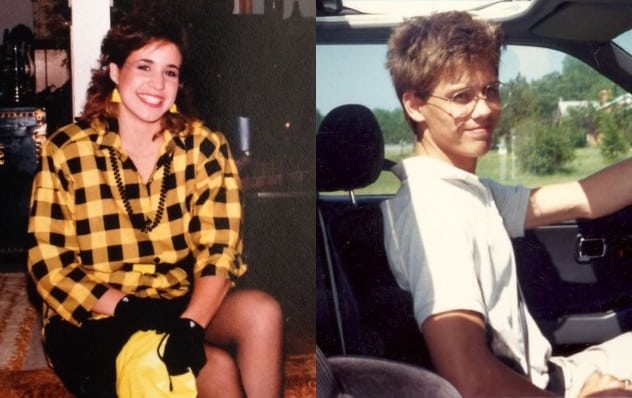
On April 9, 1988, Cassandra Lee Hailey and Richard Keith Call went on their very first date together. What happened next remains a mystery, for the next day, Call’s abandoned vehicle was found on the Colonial Parkway.
The car in question was a red Toyota Celica, and it was discovered a mere 5 kilometers (3 mi) from where the bodies of Knobling and Edwards were found by the jogger Ford. Inside the car, investigators found Call’s wallet on the dashboard and the vehicle’s driver’s side door open. The glove box was also found open, and like the first double murder, Hailey’s purse was found in plain sight.
To this day, there is no consensus on whether or not Hailey and Call were murdered. That being said, it is very likely that the pair were executed by someone, as their corpses have never been discovered. All that is known at this time is that Call and Hailey were last seen alive at approximately 1:30 AM at a party in Newport News, Virginia, and that nearly all of the clothes that Call and Hailey were wearing that day were found in the Celica.[4]
7 Another Couple
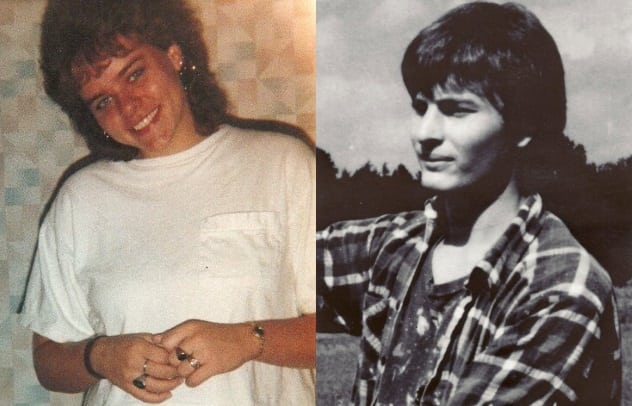
It is suspected that 18-year-old Annamaria Phelps and 21-year-old Daniel Lauer knew each other on a very intimate level. This was scandalous because in 1989, Annamaria was dating Daniel’s brother Clint. Annamaria and Daniel both went missing on October 5, 1989. Their bodies would not be found until hunters stumbled across them on October 19.
Annamaria and Daniel were found on a secluded logging road near Interstate 64 in New Kent County. Daniel’s gold 1972 Chevy Nova was found facing northbound, which would have been the wrong direction, given that the couple was reportedly headed toward Virginia Beach when they disappeared.[5]
Given the time between the murder and the discovery of the bodies, a cause of death could not be determined due to decomposition of both corpses. However, the murder of Phelps and Lauer did bear some similarities to the other Colonial Parkway murders. For instance, Annamaria’s purse and the couple’s clothing were found in Lauer’s car. Also, there appeared to be no signs of sexual assault, although an autopsy did find knife marks on Annamaria’s bones.
6 Victims Of The Killer?
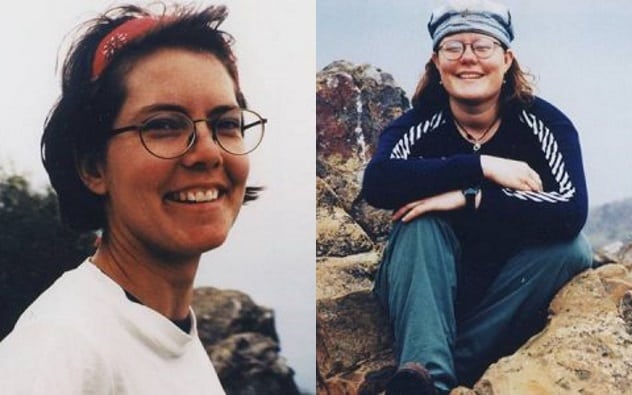
The double murders of the three couples, as well as the disappearance of Hailey and Call, are almost always considered part of the Colonial Parkway murders. Another double murder, this one in 1996, sometimes gets mentioned in connection with the other crimes, too.
On Sunday, May 19, 1996, a same-sex couple, 24-year-old Julie Williams (left above) and 26-year-old Lollie Winans (right above), began their backpacking trip through the Shenandoah National Park with their Golden Retriever, Taj. That night, the couple pitched their tent near a mountain stream just a few feet away from a horse trail.[6]
On May 31, 1996, Julie’s father Thomas Williams reported his daughter missing. Virginia police and park rangers went into action and soon found Julie’s abandoned car and Taj, who was walking freely in the park without a leash. A day later, on June 1, the bodies of Williams and Winans were found by rangers. Both women had been bound and gagged with duct tape and partially undressed, and the throats of both were slit so deeply that they were almost decapitated. There was no evidence of sexual assault, and robbery was ruled out as a motive.
Since the early 2000s, FBI agents have zeroed in on convicted kidnapper Darrell Rice as the man responsible for the murder of Williams and Winans. However, due to an eyewitness who picked out another man in a photo lineup, Rice was never charged with the murders. He remains a free man.
Although tempting, there are reasons to suggest that Williams and Winans were not victims of the Colonial Parkway murderer. They were not killed near their vehicle, nor were their bodies found near the Colonial Parkway. However, there is also evidence to suggest that this couple did indeed run into the killer (more on that later).
5 The FBI’s New Approach
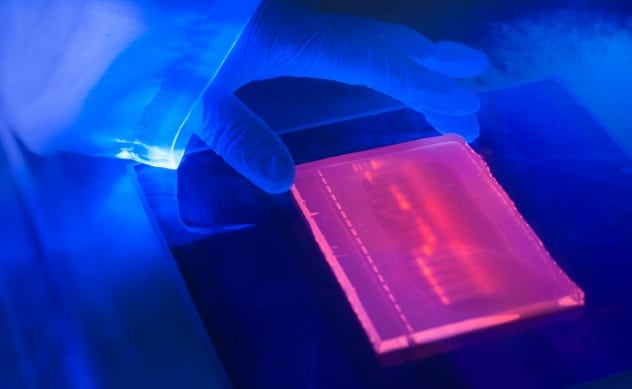
The case of the Colonial Parkway murders has been cold since 1989. However, given the amazing possibilities with DNA testing, the Federal Bureau of Investigation now believes that it can find the killer by examining DNA samples taken from the long-ago crime scenes.[7]
The FBI has also taken to asking for tips from citizens and social media users on Facebook. In 2009, the FBI unintentionally generated new interest in the case when “sensitive” photos from the crime scenes were leaked to the public. These photos showed that the unknown Colonial Parkway killer shot some of his victims, while he stabbed others. The photos also showed how the bodies of the eight victims were left after their deaths.
So far, all of these approaches have yet to turn up any conclusive evidence about the identity of the killer. Similarly, few leads have been generated by online tips.
4 The Findings Of Detective Steve Spingola
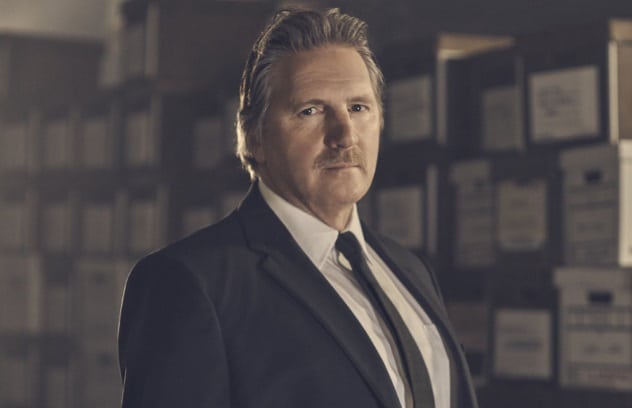
In 2010, former Milwaukee homicide detective Steve Spingola was asked to investigate the Colonial Parkway murders as a private detective. His work was done on behalf of the families of the victims. What Spingola found was eye-raising.
First, Spingola asserted that not all of the Colonial Parkway murders were the work of one man. Indeed, Spingola said that the murders of Thomas and Dowski looked like a hate crime motivated by the killer’s hatred of the lesbian couple.[8] Spingola also believes that the murder of Williams and Winans was a similar hate crime and that both double murders may have been carried out by the same killer.
As for the other killings, Spingola said that Knobling and Edwards were murdered following a robbery, while Lauer and Phelps were killed by someone impersonating a police officer.
3 The Note

In 2010, Virginia media was abuzz with the news that a 20-year-old note written by one of the murder victims supposedly named a person of interest. The note, which was written by Annamaria Phelps, was found by the victim’s sister-in-law. This note was then handed to Steve Spingola.
Phelps’s letter included information about an individual who she was supposed to meet at a rest area. The note included information about the individual, the fact that he drove a blue van, and the man’s phone number. Spingola has yet to reveal the name on the note, but he told the media in 2010 that the note indicated that Phelps and Lauer were killed in an apparent robbery-gone-wrong.[9]
For their part, the Virginia State Police said that they had investigated the note back in 1989, but one of the investigators attached to the case could not recall seeing or hearing about any note.
2 Rogue’s Gallery
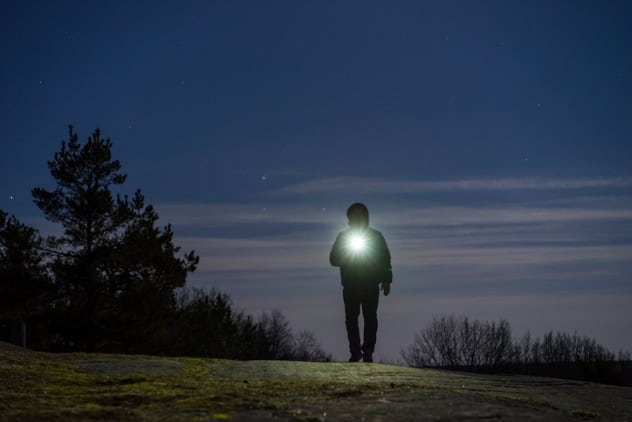
Since the 1980s, Virginia and federal authorities have focused their attentions on the possibility that the Colonial Parkway killer was someone who wore a uniform. One of the first to be questioned was park ranger Clyde Yee, one of the first responders at the Dowski-Thomas crime scene. Yee was cleared after he passed a polygraph.
The fact that the wallets of Call and Knobling were found on the dashboards of their personal vehicles indicated that the killer may have been impersonating a police officer. Similarly, because of the relatively clean crime scenes, it seemed possible that the victims may have complied with a command to stop or pull over.
Some of the more bizarre theories as to the identity of the Colonial Parkway killer have come from the Virginia State Police and the FBI. The Virginia State Police were the first to suggest that the killer may have been a soldier stationed at one of the nearby military bases, while the FBI brought up the fact that several of the crime scenes were located not far from Camp Peary, one of the training camps run by the Central Intelligence Agency.[10] Could a rogue soldier or CIA agent be the culprit?
1 Fred Atwell
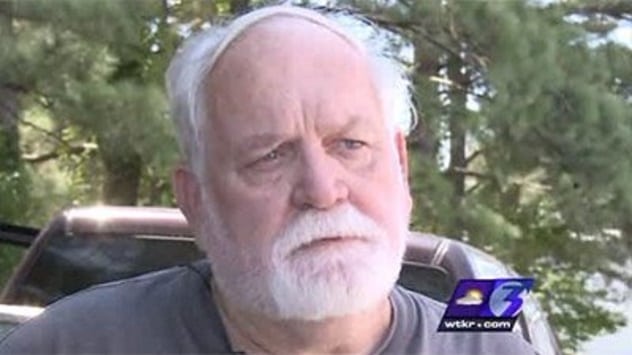
For years, investigators assigned to the Colonial Parkway case suggested that the killer may have posed as a law enforcement officer. Then, in 2010, news broke that a major suspect in the case was a real police officer.
During the string of murders between 1986 and 1989, Fred Atwell was a deputy sheriff in Virginia. Criminal profiler Pat Brown once told AOL News that she believed the killer was a police officer because many of the cars in the case were found with either the driver’s side door open or the driver’s side window lowered. As a deputy sheriff, Atwell would have been authorized to pull over vehicles.
According to Atwell himself, his position as a suspect is nothing less than revenge because he is the man who first alerted the public about the theft of 84 crime scene photos from the FBI’s office in Norfolk.[11] Some of the victims’ family members rushed to Atwell’s defense when his name was first announced in 2010.
A year later, Atwell was arrested in Gwinnett County, Georgia, in conjunction with a robbery that occurred in Roanoke County, Virginia. Atwell was charged with stealing $60 from a financial advisor. Also in 2011, Atwell was accused of scamming the families of the Colonial Parkway victims via a fake raffle. Atwell claimed that the raffle was intended to raise money for a reward in the case but later admitted that he continued on with the raffle despite failing to get prizes from a local car dealership.
Read about more disturbing murder sprees on 10 Disturbing Facts Of The Gypsy Hill Murders and 10 Terrifying Facts About The Cleveland Torso Murderer.



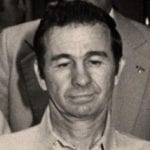
![11 Lesser-Known Facts About Mass Murderer Jim Jones [Disturbing Content] 11 Lesser-Known Facts About Mass Murderer Jim Jones [Disturbing Content]](https://listverse.com/wp-content/uploads/2020/09/jonestown2-copy-150x150.jpg)
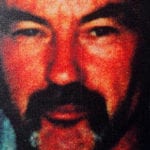
![9 Sinister Facts About The Dark Side Of Instagram [WARNING: Disturbing] 9 Sinister Facts About The Dark Side Of Instagram [WARNING: Disturbing]](https://listverse.com/wp-content/uploads/2019/10/proxy.duckduckgo-150x150.jpg)

